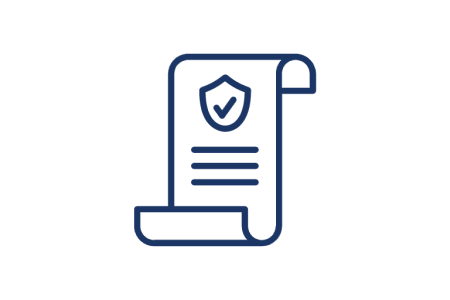
The internet’s architecture, communication systems, and document and data formats should be based on open standards that ensure complete interoperability, inclusion and equal opportunity for all.
What does this look like in a democracy?
Internet standards/formats should be open with little to no barriers to access to ensure users, content hosts, and service providers are able to freely exchange information. Technical standards are not used as a way to accomplish censorship or surveillance.
warning signs of an undemocratic internet:
- A technical standard is developed with the express intent of enabling tracking or surveillance of individual internet users.
- A government refuses to adopt international internet standards effectively limiting citizens’ access to the global internet.
selected sources from international frameworks:
-
Standards for a Free, Open and Inclusive Internet, Office of the Special Rapporteur for Freedom of Expression of the Inter-American Commission on Human Rights, 2017, Paragraph 231: “Measures to restrict encryption reduce people’s ability to protect themselves from illegal invasions of their privacy. The measures include…the imposition of centralized key registries or the creation of back doors to enable collection of communication even from encrypted devices."
-
OECD Council Recommendation on Principles for Internet Policy Making, December 2011: “The internet allows people to give voice to their democratic aspirations and that any policy-making associated with it must promote openness and be grounded in respect for human rights and the rule of law.”